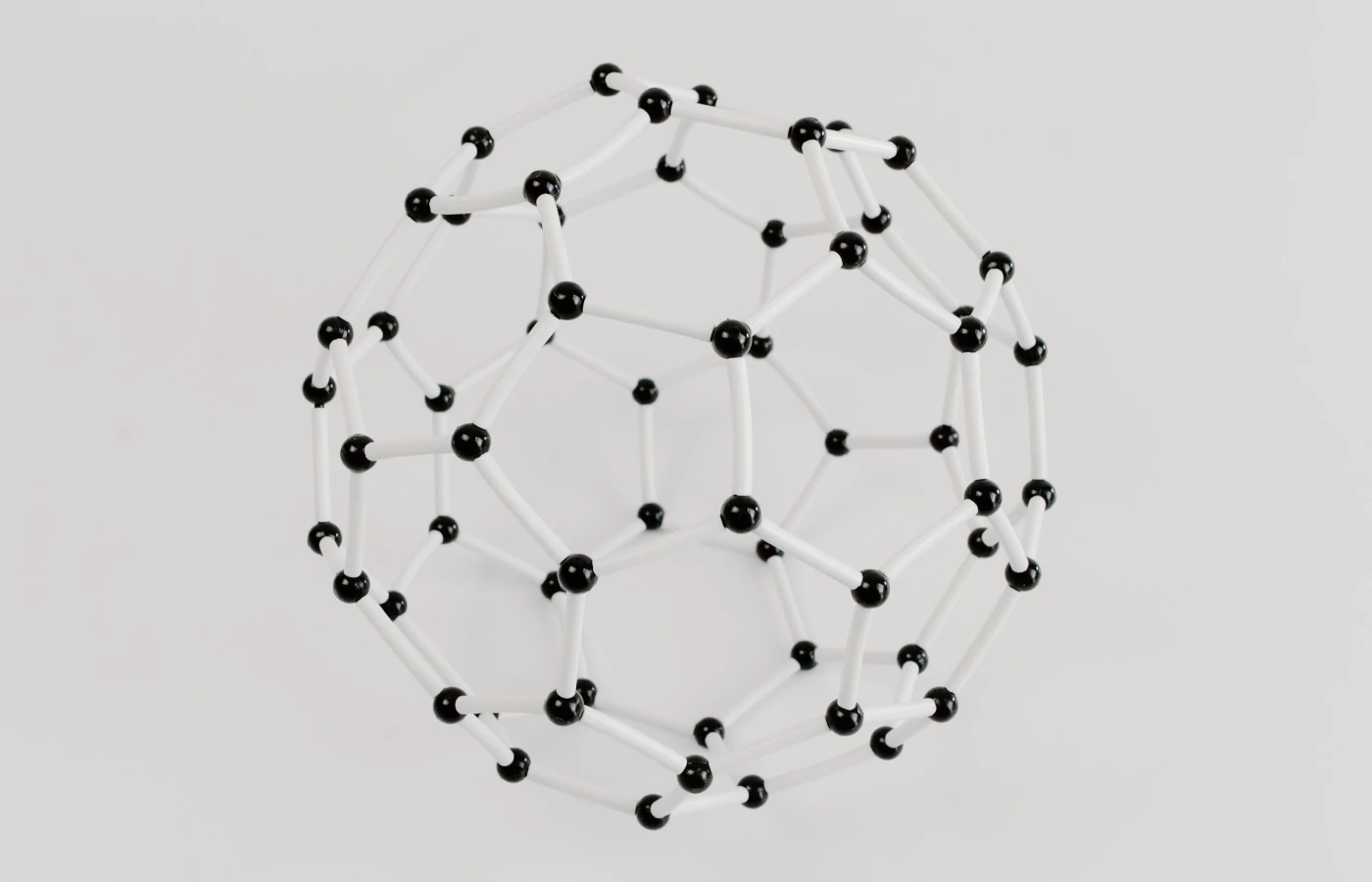Diving into the universe of atoms and electricity starts with comprehending what atoms are. Atoms are the building blocks of matter. They are tiny particles that make up everything in the universe.
Inside each atom, we find protons, neutrons, and electrons. Protons and neutrons form the atom’s nucleus, while electrons orbit around this nucleus. The key player in creating electricity is the electron.
The Movement of Electrons: Creating Current
For electricity to be generated, electrons need to move. This movement creates an electrical current. It’s the foundation of how atoms and electricity interact.
To illustrate, consider a copper wire connected to a battery. The battery creates a force, called voltage, which pushes the electrons in the wire. As a result, these electrons move, creating an electric current. This current is what powers the devices connected to the wire.
In a nutshell, the interaction of atoms and electricity is all about moving electrons. This movement generates the current we rely on for powering our appliances, gadgets, and much more.
The Role of Conductors and Insulators
Materials differ in their ability to allow electron movement. Metals, such as copper or aluminum, are conductors. They have freely moving electrons, making them good at conducting electricity.
On the other hand, materials like rubber and glass are insulators. They have electrons that aren’t as free to move. This trait makes them useful in preventing electricity from flowing where it shouldn’t, thereby ensuring safety in electrical systems.
Understanding the role of conductors and insulators is crucial in the realm of atoms and electricity. It helps us harness electrical energy safely and efficiently.
Harnessing Electricity: Power Generation
Atoms and electricity come into play in power generation, too. In power plants, energy sources like coal, natural gas, or nuclear fuel are used to heat water. The steam from this heated water turns a turbine.
This spinning turbine connects to a generator, which consists of massive copper coils surrounded by magnets. As the turbine spins the coils within the magnetic field, the electrons in the copper are forced to move, producing electricity.
Whether it’s illuminating our homes or charging our devices, the electricity we use daily is a result of the intricate dance of atoms and electricity.
Understanding the relationship between atoms and electricity allows us to appreciate the complex processes that power our daily lives. The humble electron, moving within its atomic structure, forms the basis of this fascinating interplay. As we harness this atomic energy, we light up our world, showcasing the extraordinary power locked within the minuscule atom.
More about electricity is at our blog.

There are no comments yet.